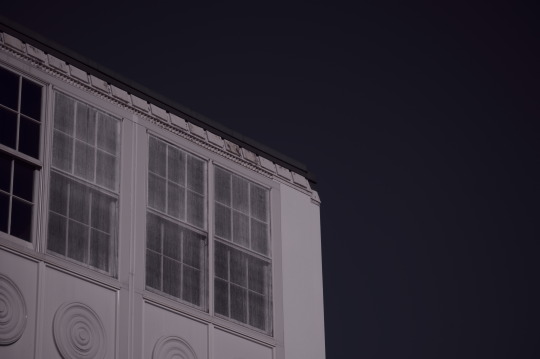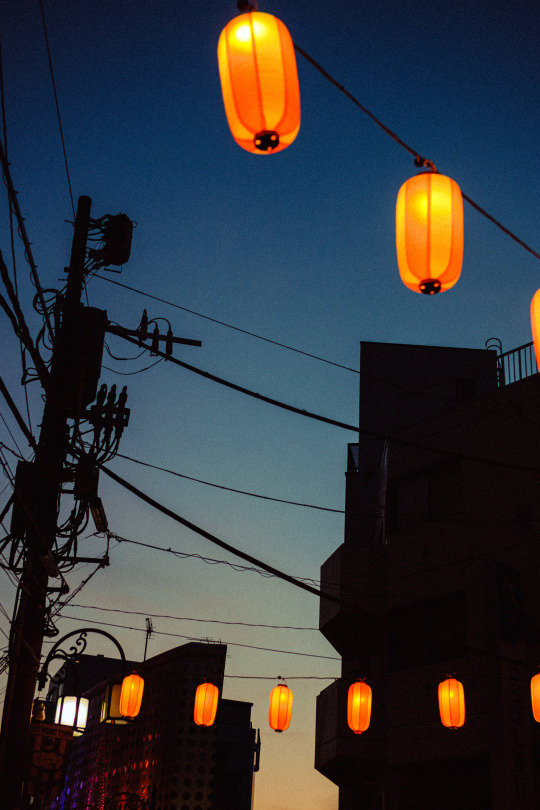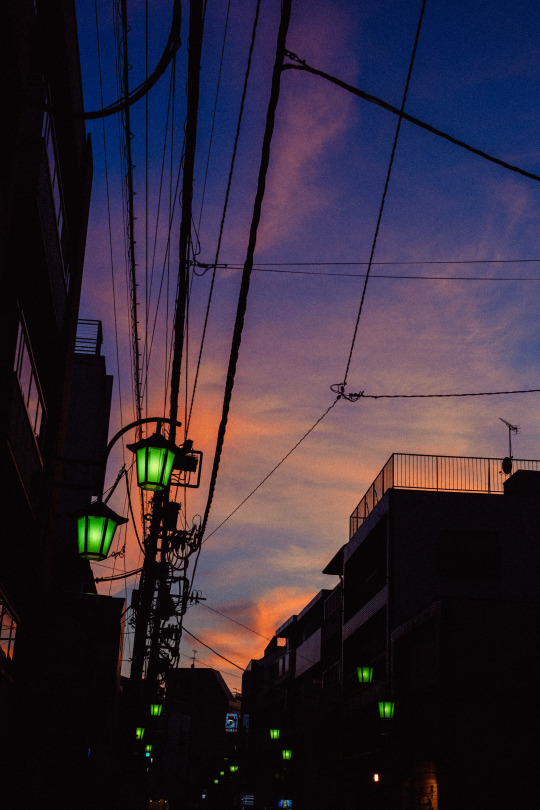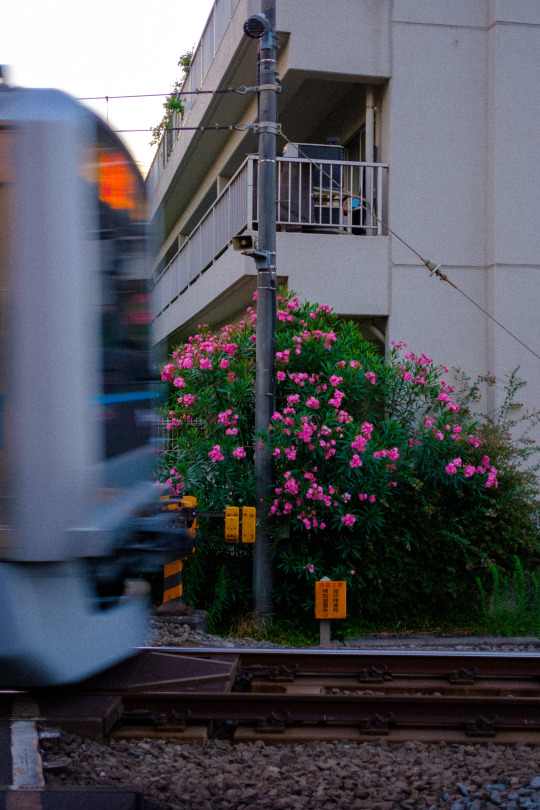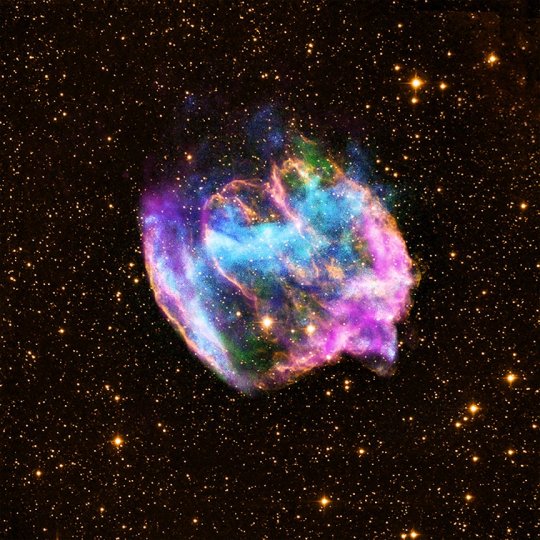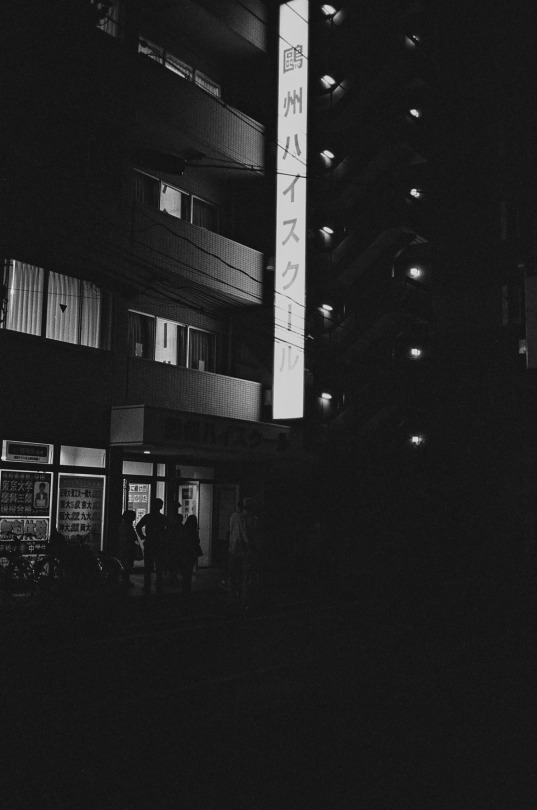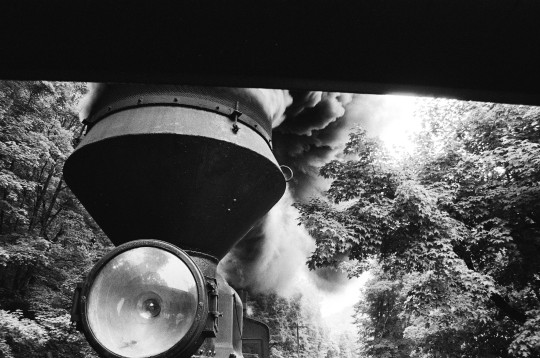Text
Y'all, I’m getting emotional.
One of my absolute favorite astronomical bodies is the Crab Nebula, or Messier 1. The Crab Nebula is a “planetary nebula”, which means it’s the enormous, beautiful corpse of a once-giant star. The star that formed the Crab Nebula went supernova and exploded in 1054, and was so bright at the time of its death that you could see it from Earth during the day - for almost a month. For that month, it was brighter than every single thing in the sky except the moon and the sun. Some of you have probably heard of it, or have at least seen this Hubble picture:

But how many of y'all have zoomed in?
Inside all of those lovely rainbow clouds is the supernova remnant - a neutron star. A neutron star is made of the densest possible material that we know of - any denser, and it’d collapse the rest of the way into a full-fledged black hole. Neutron stars are so unimaginably dense that they’re not even made of an element, not really. The star at the center of the Crab Nebula is one, single atomic nucleus 12 miles in diameter, made entirely of close-packed neutrons. One teaspoon would weigh 10 million tons. Imagine taking a passenger jet, condensing it down to the size of a mote of dust, and then filling a spoon with that dust. And it spins too - 30 times a second. That spinning causes huge jets of material to eject from the poles at half the speed of light. The incredibly powerful magnetic field traps any stray particles and accelerates them in circular paths through the nebula. Just LOOK at this shit! See the ghosty shadows of the jets, stretching from the top left corner to the bottom right?

But what’s really making me lose it is this Hubble timelapse. The star is making ripples. Its moving. Its been dead for almost a thousand years, but its still putting on its final, spectacular show.
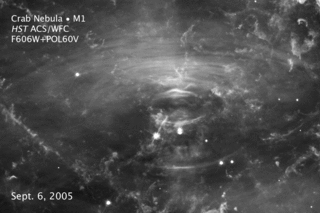
It never ceases to amaze me that the things we call “dead” stars are some of the most dynamic, energetic, and awe-inspiring objects in the universe. Normal stars are downright STAGNANT compared to what these so-called “stellar remnants” get up to. Maybe we shouldn’t be thinking of them as dead stars, but as the next phase in a star’s life. Just as caterpillars “end” their mundane lives and metamorphose into something new and strange and capable of flight, these stars destroy themselves to leave behind something far more exotic, playing at the edge of the laws of physics in ways we still don’t fully understand.
740 notes
·
View notes
Text

The Flying Dragon Nebula, Sh2-114 // Peter Horstink
921 notes
·
View notes
Photo

2023 August 7
The Pelican Nebula in Gas, Dust, and Stars
Credit & Copyright: Abe Jones
Explanation: The Pelican Nebula is slowly being transformed. IC 5070 (the official designation) is divided from the larger North America Nebula by a molecular cloud filled with dark dust. The Pelican, however, receives much study because it is a particularly active mix of star formation and evolving gas clouds. The featured picture was produced in three specific colors – light emitted by sulfur, hydrogen, and oxygen – that can help us to better understand these interactions. The light from young energetic stars is slowly transforming the cold gas to hot gas, with the advancing boundary between the two, known as an ionization front, visible in bright orange on the right. Particularly dense tentacles of cold gas remain. Millions of years from now, the Pelican nebula, bounded by dark nebula LDN 935, might no longer be known as the Pelican, as the balance and placement of stars and gas will surely leave something that appears completely different.
∞ Source: apod.nasa.gov/apod/ap230807.html
88 notes
·
View notes
Text
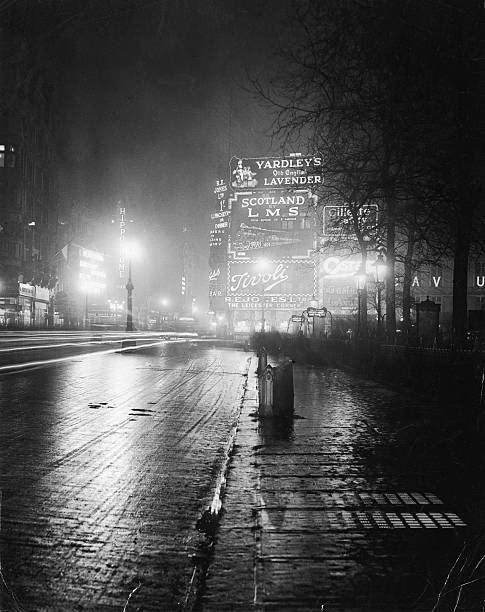
Unknown photographer. An Evening In Leicester Square. London. 1925
2K notes
·
View notes
Text
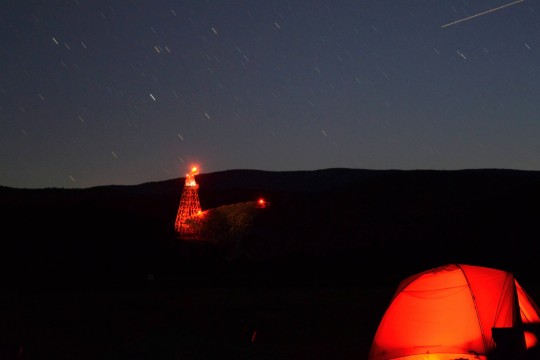
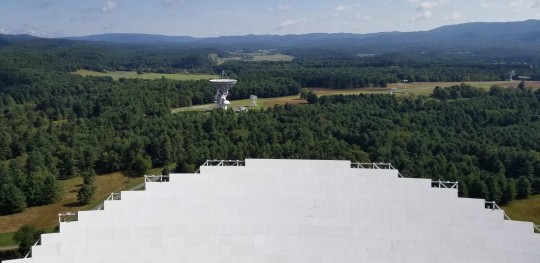

3 notes
·
View notes
Text




Route to the end of the world
Ruta 7 Carretera Austral, Patagonia Chilena.
2K notes
·
View notes
Text

The fiery red Sun on July 16, 2023 // Dariusz Wiosna
153 notes
·
View notes
Text
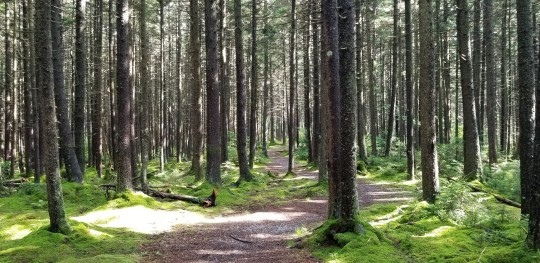

2 notes
·
View notes
Text




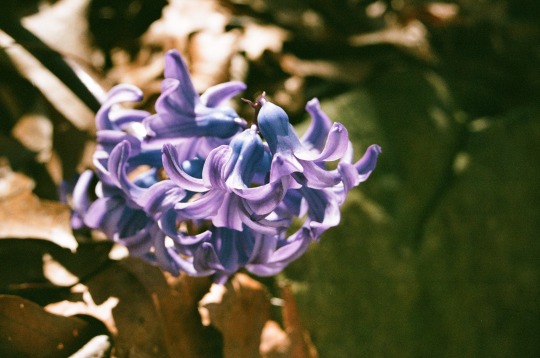

A collection of flowers and plants
1 note
·
View note
Text
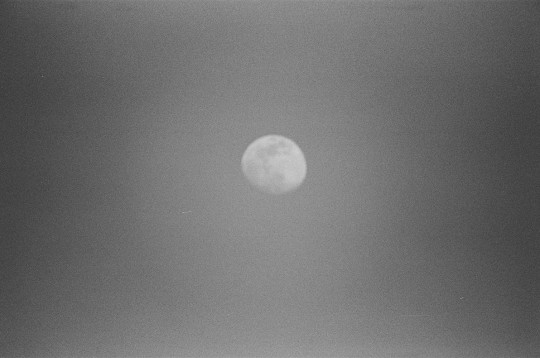
My first try at film AP - not off, but still cool! Waxing gibbous moon, taken with an F/8 mirror lens on a Canon Rebel 2000. Expired film.
1 note
·
View note
